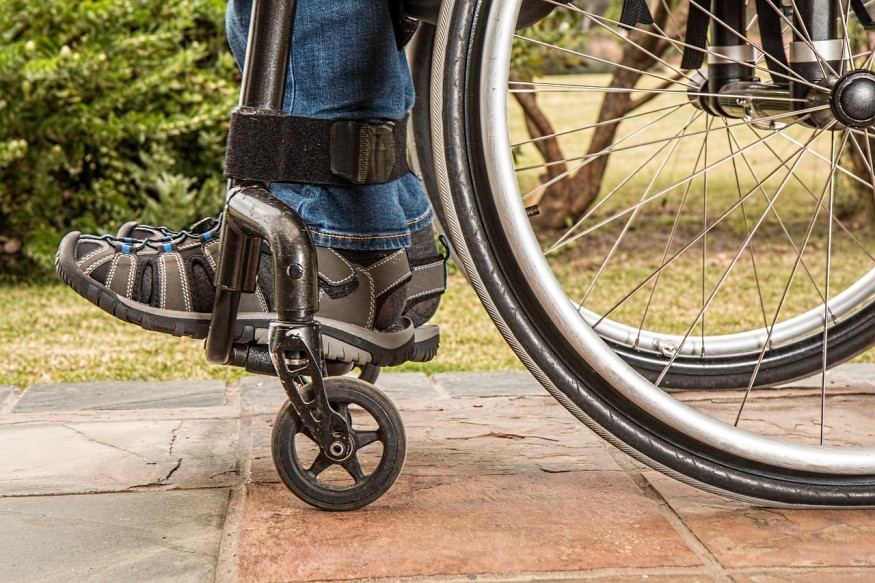A new spinal implant that sends electrical signals to the spine and control movement has given hope to three completely paralyzed from the waist down due to spinal cord injuries. The implant has enabled them to walk, climb the stairs, and even cycle.
Neurosurgeon Jocelyne Bloche from Lausanne University Hospital in Switzerland performed the surgery and said that all three patients recovered immediately after the operation and could stand up and walk with the support of framed walking wheels. An Italian man who is one of the recipients remarked that he could move his legs on the first day and walk after three to four months of training.

Paralyzed Man Walks Again Thanks to An Electrical Implant
Michel Roccati, now 30, was paralyzed after a motorbike accident in 2017 in which his spine was completely severed and he lost all feeling in his legs, INSIDER reported. Two years after the accident, he was able to walk, cycle, and climb the stairs again with the help of a tablet-controlled device.
Swiss researchers have developed and tested the electronic implant given to three individuals who can stand and move their legs hours after the surgery. It took them days to get used to a walker and months of therapy and practice to regain some mobility in the real world.
However, researchers clarified that the implant is not a cure for spinal injuries. Instead, neuroscientist and device co-developer Professor Prof Grégoire Courtine told BBC that it enabled nine people with spinal injuries to walk again. The implant is mostly used for rehabilitation rather than walking around town.
According to New Scientist, Roccati can now stand up for two hours, cycle, and swim by choosing a different stimulation program. He said that walking and standing help him feel less pain due to sitting in a wheelchair every day. Roccati and another implant user said that they feel some sensation, but a third person who had the most severe spinal cord injury feels no sensations.
ALSO READ: New Treatment Will Help People With Spinal Cord Injury Regain Hand and Arm Function
How Does the Implant Work?
The rate of Michel's recovery amazed Professor Bloch, who inserted the implant and expertly attached the electrodes to his nerves. According to The Guardian, the device uses a soft, flexible electrode laid on top of the nerve fibers of the spinal cord, underneath the vertebrae.
The electrode sends electrical signals to the spinal cord nerves that control the muscles of the legs and torso. It is controlled by software on a tablet that instructs specific actions, like standing, walking, cycling, and kicking legs for swimming. Professor Bloch noted that the three patients had a rough start after the implantation. However, through therapy and training, they regained their ability to walk.
Professor Courtine said that the technology has helped patients with serious spinal cord injuries. As of now, patients who received the implants follow a training program that lets them rebuild lost muscle and move more independently.
The full details of the electrical implant are published in the paper titled "Activity-Dependent Spinal Cord Neuromodulation Rapidly Restores Trunk and Leg Motor Functions After Complete Paralysis," in Nature Medicine.
RELATED ARTICLE: Scientists Developed New Therapy That Reverses Paralysis, Promotes 'Functional Recovery' From Spinal Cord Injury
Check out more news and information on Spinal Cord Injury in Science Times.










